‘Saddam Hussein was terrible but we had security’: the Iraq war 20 years on
After dictator Saddam Hussein was toppled in 2003, the country fell into factionalism, corruption and brutal killings. Iraqis wonder if their hopes of a more democratic future can still be fulfilled.
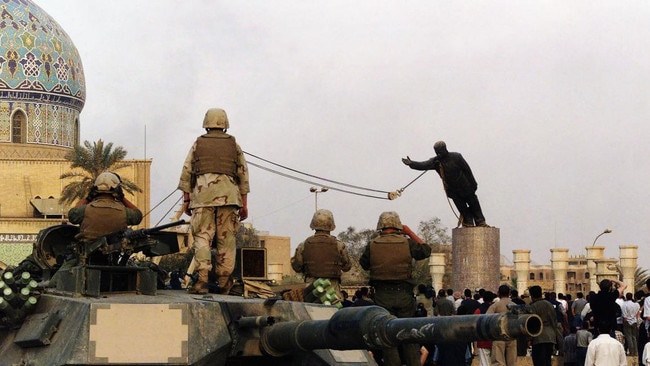
Ahmad clearly remembers the mingled excitement and terror he felt when the Americans began to bomb his city. “We were just kids but we were excited that they were going to get rid of Saddam,” he said.
He and his siblings hid under furniture as the “shock and awe” bombardment began, marvelling at “the red fire in the sky” as missiles met their targets on the morning of March 20, 2003.
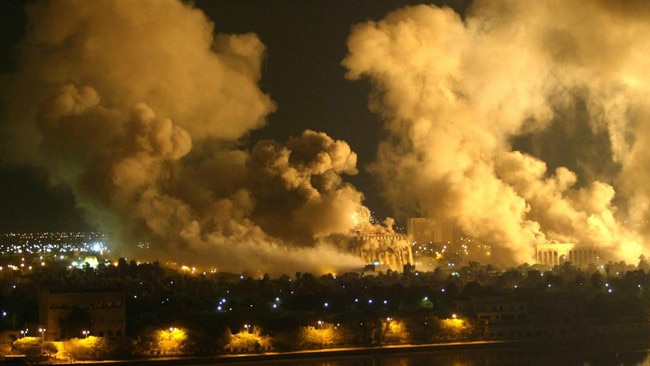
Three months later his father was dead, killed in error when nervous American soldiers opened fire at a checkpoint in Sadr City, the vast shanty town in Baghdad where the family lived. The following year, their home was all but destroyed by an American tank during fighting with the Mahdi Army, a militia formed by a Shia cleric to take on the occupiers of Iraq.
“After 2003 we never saw a good day,” Ahmad, 29, said of the events that were to come: the brutal insurgency and its car bombs; the civil war between Sunni and Shia sects from 2006 to 2008; the 2014 takeover by Islamic State that brought car bombs and terrorist attacks back to Baghdad; the Iraqi government’s violent repression of the 2019 street protests that claimed the life of his younger brother, Sarmad.
Twenty years after it began, the Iraq invasion is widely acknowledged as a fiasco, an act of hubristic folly based on false intelligence that would sound a death knell for the notion of western intervention as a force for good. Its ramifications have resonated through the years, fuelling an isolationist trend in the West and handing authoritarian leaders elsewhere a potent rejoinder to their own people’s pleas for democracy.
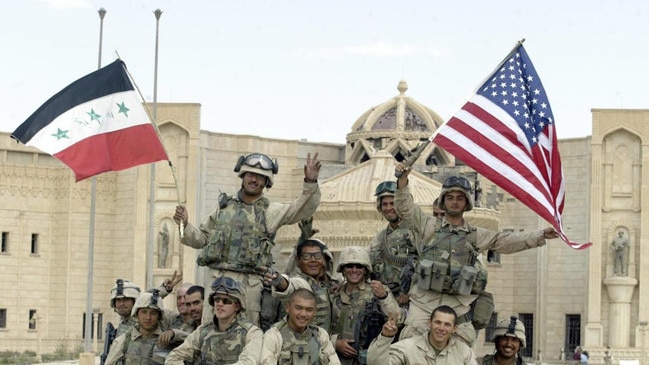
But it is Iraq itself for which the invasion was the most consequential, setting in motion events that would kill hundreds of thousands of its people, force millions to flee abroad and bequeathing a political system that allows corruption and sectarianism to flourish to this day.
“Most of the Iraqi population had optimism in 2003 when Saddam Hussein was brought down,” Alaa al-Rikabi, a doctor from Nasiriyah said. Expectations about what would follow were high. After Saddam’s repressive dictatorship, the idea of democracy was welcomed; a chance for the Iraqi people to influence their leaders.
Ali Hamdani, a newly qualified doctor in 2003, was more conflicted. “We felt violated,” he said of seeing American troops in Baghdad. “But it was a very contradictory feeling, because of how we felt about the regime and the state of the country before the war. Is this a good thing? Is it a bad thing?”
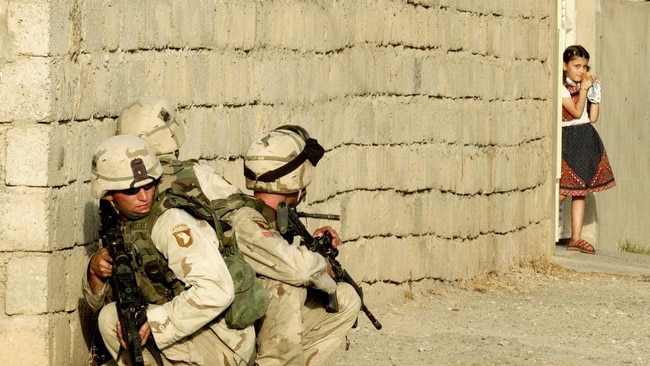
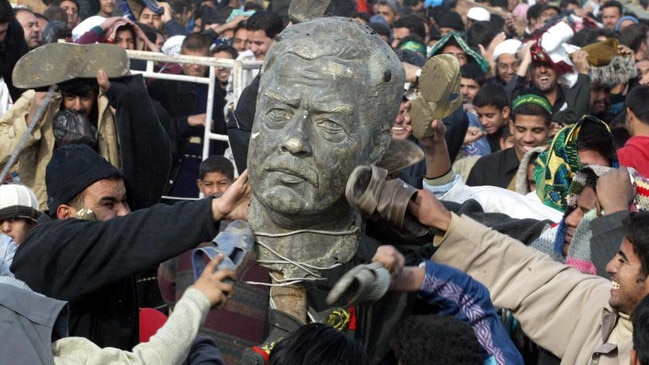
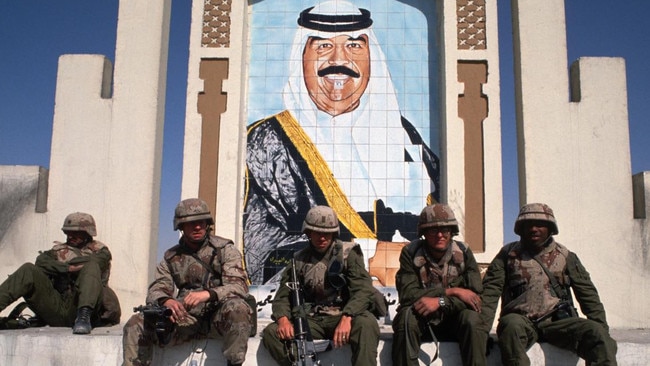
Saad Eskander, a Baghdad-born historian who returned to Iraq from London in 2003 to help rebuild the country’s cultural institutions, was concerned by the American plans for a transition. With the guidance of the returning exiles from the mostly Shia Iraqi political opposition, including those who had lobbied Washington to invade for years, the occupying authority set up a muhasasa quota system that would allocate power according to ethnic and sectarian identity – Sunni, Shia, Kurdish. “It could have been a transitional step,” Eskander said. “Instead it institutionalised the divisions.”
While Saddam’s regime was dominated by Sunnis, its structure was based on tribal ties rather than sectarian ones. “Saddam didn’t care about sect, he cared about allegiance to the system,” Rikabi said. In its place, the Americans helped nurture a narrative that the Sunni “oppressors” were now the vanquished and the “oppressed” Shia now the victors.
The Americans seemed heedless to how they were opening the door for sectarian rivalry, most notably the influence of the neighbouring Shia superpower, Iran. It backed rapidly forming militias to gain influence and disrupt the Americans, while Syria quietly allowed foreign jihadists to flood across its border to Iraq to fight the Americans there with their Sunni brethren.
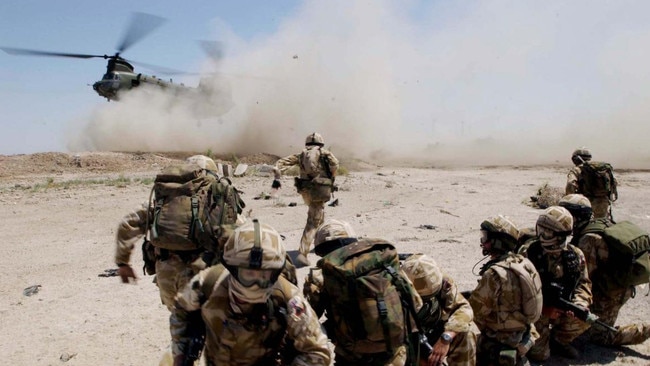
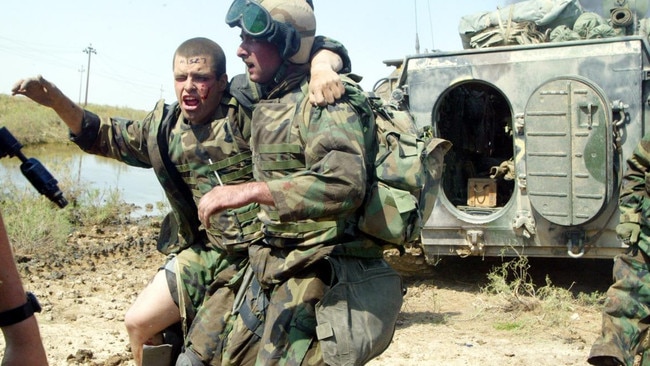
Hamdani, from a Sunni-Shia family, vividly remembers the terror of the sectarian civil war arriving on his doorstep. It was 2007 and Baghdad was rapidly Balkanising into sectarian neighbourhoods as Sunni gangs and Shia militias terrorised the streets, killing and driving out those from the opposing sect.
As an unknown gang of armed men advanced down the street, Hamdani, with a Shia first name, agreed to open the door if the gunmen proved to be Shia. If they were Sunnis, his brother-in-law would greet them. A mistake could cost them their lives.
Scores of civilians were turning up dead every day, mostly Sunnis killed by Shia death squads affiliated with government ministers, their mutilated bodies dumped in public. Baghdad’s morgues filled so rapidly that slideshows of the dead were set up for families to identify their loved ones rather than pick through stacks of corpses.
Eskander, now director of the national library, began a blog at the behest of his sponsors at the British Library documenting the violence. The surging tempo of violence, from car bombings to beheadings, became so overwhelming he abandoned the effort after seven months.
The American system whereby power was allocated by sect meant control of ministries was parcelled out by sect, and within those sects there was competition for the plum pickings. That bred corruption, giving leaders the means to buy loyalty among their own communities.
Funds plundered by the state fuelled the rise of militias loyal to political factions who then used their raw power to kidnap and extort. Under the allocation system the post of prime minister, the most powerful job in the country, was awarded to a Shia.
From 2006-2014 that was Nouri al-Maliki, a former exile eventually forced from power by the Americans after his brutal treatment of Iraq’s Sunni population set out the welcome mat for the arrival of Isis. Its reconstituted army of Sunni jihadis, foreign fighters and Baath Party members took refuge in the ungoverned spaces of Syria before roaring back across the border in 2014.
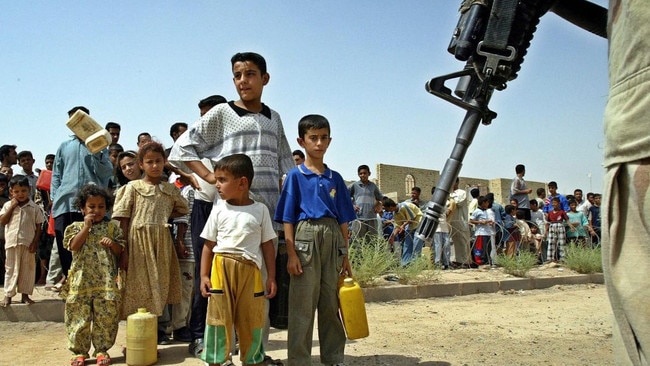
Its presence brought US troops back to Iraq in numbers, three years after President Obama withdrew them, but also provided an unimpeachable new national role for the myriad Shia militias serving political and religious overlords. They were brought under the umbrella of the Popular Mobilisation Forces, connected to the government and sent into battle against Isis.
American forces thus ended up fighting alongside the militiamen their invasion had created and who had fought them with support from Iran.
In 2020, when the Americans assassinated the Iranian general Qasem Soleimani in a drone strike on Baghdad’s airport, the fatalities included the Popular Mobilisation Forces commander Abu Mahdi al-Muhandis. Where Saddam’s image used to plaster Baghdad, it is now the two men’s faces that are ubiquitous, a testament to a culture of martyrdom and Iran’s continued influence.
The killing of Ahmad’s father in 2003 forced him to drop out of school and work as a labourer to support his family. That helped to keep his young brother, Sarmad, in school and then university, where he studied engineering.
In 2019 Sarmad came home bubbling with excitement over a new youth protest movement, Tishreen, that was demanding jobs and better services as well as an end to the muhasasa system.
“My mother begged him not to go to Tahrir Square,” said Ahmad. She said, ‘We have already lost your father’. But I supported him. I thought the young people will change things.”
In October Sarmad, 23, was hit in the head with a smoke canister fired at point blank range by security forces.
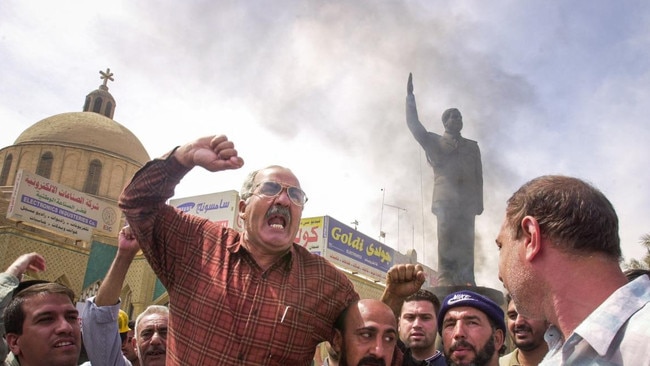
The movement ultimately forced the resignation of the prime minister, Adil Abdul-Mahdi, but not the end of the despised muhasasa system.
Rolling political crises since have seen two more Shia prime ministers take office, an assault on Iraq’s parliament by followers of a powerful Shia cleric demanding an end to Iranian interference, and continued violence by the still-unchecked militias.
“In all this chaos, we miss Saddam’s regime,” Aisha, Sarmad’s mother lamented. “Saddam did terrible things then but we had our security. Everything we have seen until today has been bad.”
Rikabi, 49, who gave his services as a doctor to the Tishreen protesters, sees the youth movement as the key to Iraq’s future. He was elected to parliament in 2021, a rare secular voice in the assembly.
“Tishreen cannot be over,” he said. “We believe that the Tishreen movement is still alive in hearts and souls. It will continue. What happened in 2019 may be just the first wave. Maybe a tsunami is coming.”
The Times

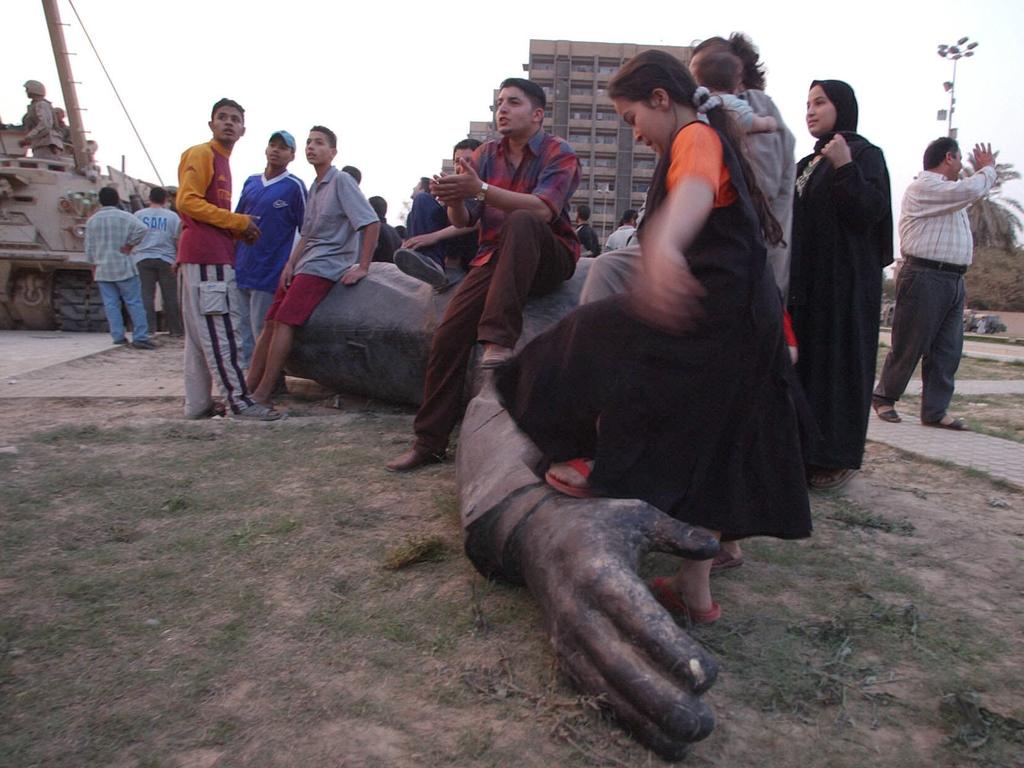
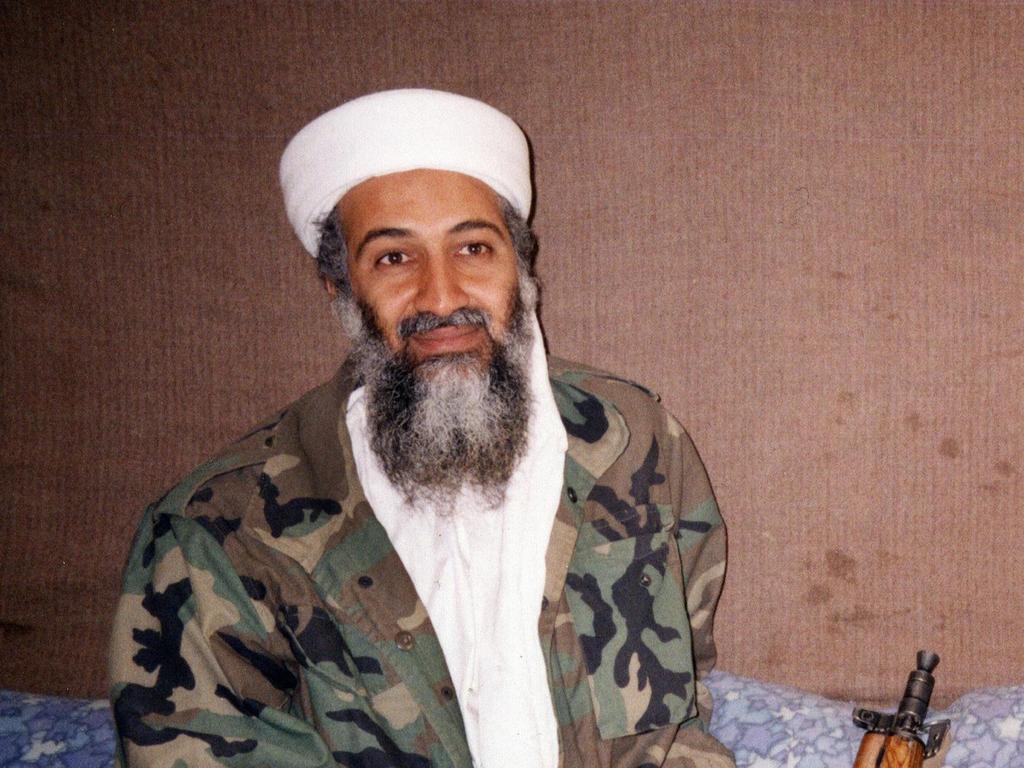


To join the conversation, please log in. Don't have an account? Register
Join the conversation, you are commenting as Logout